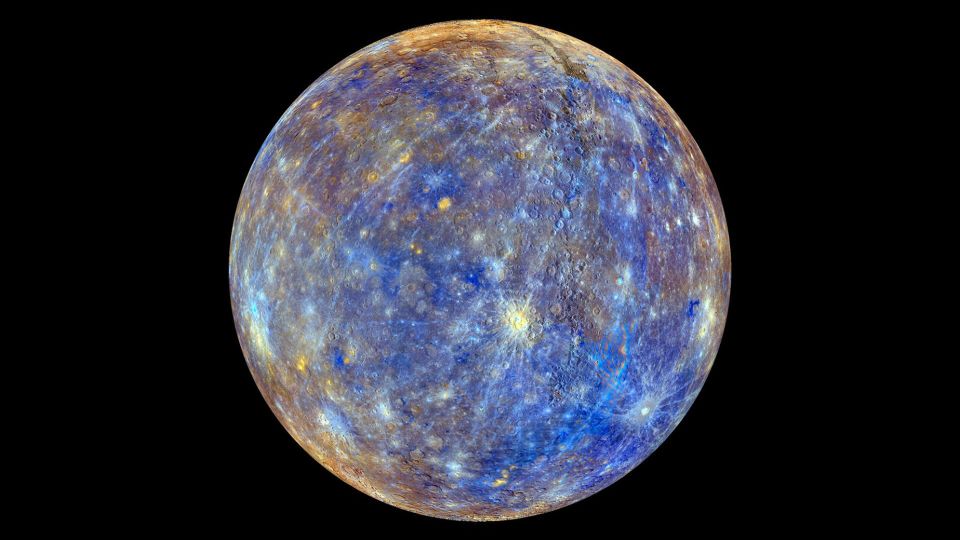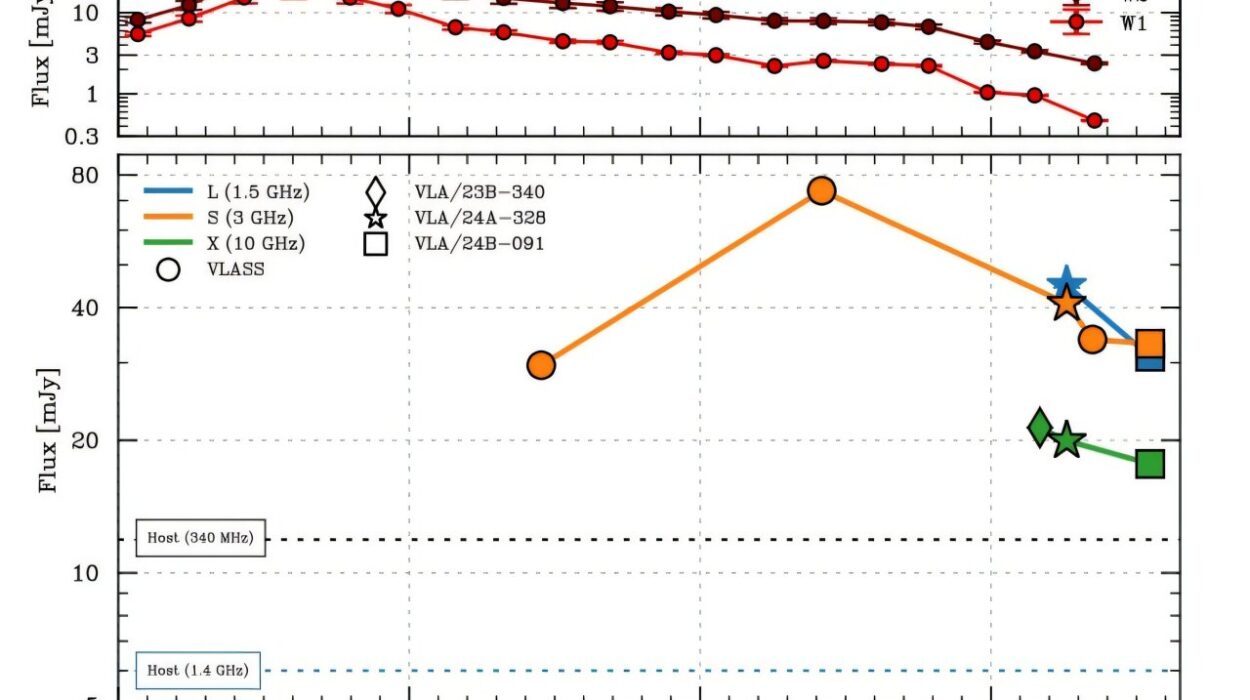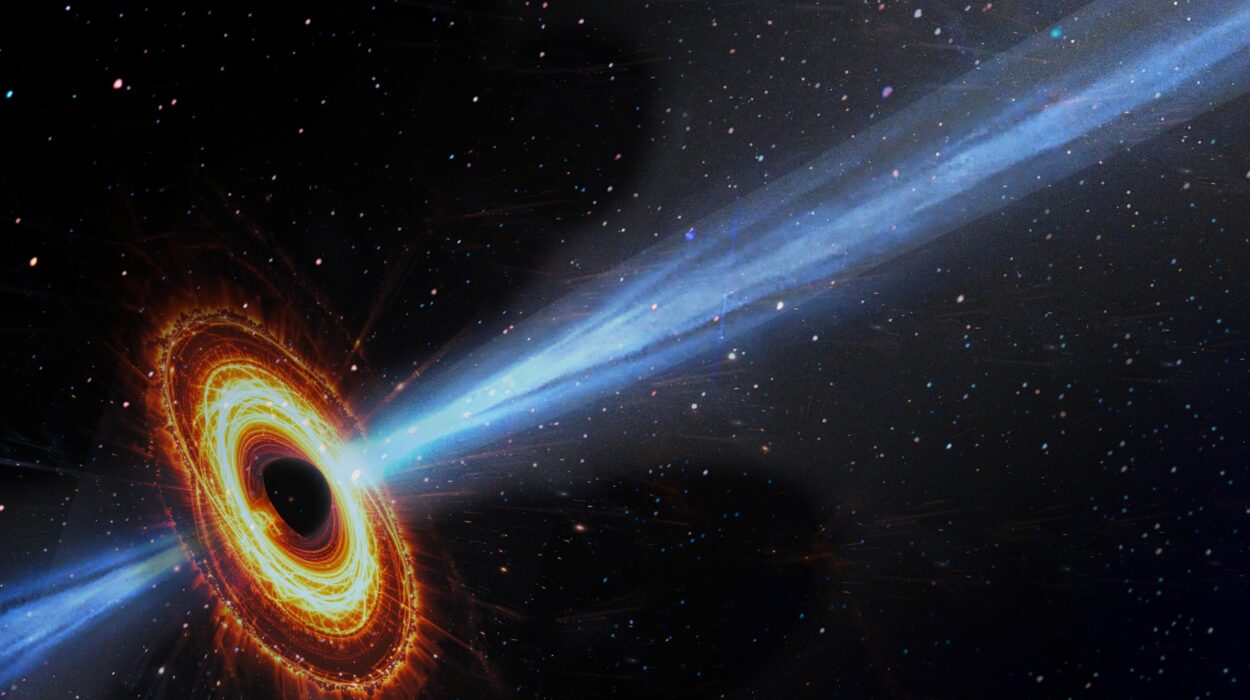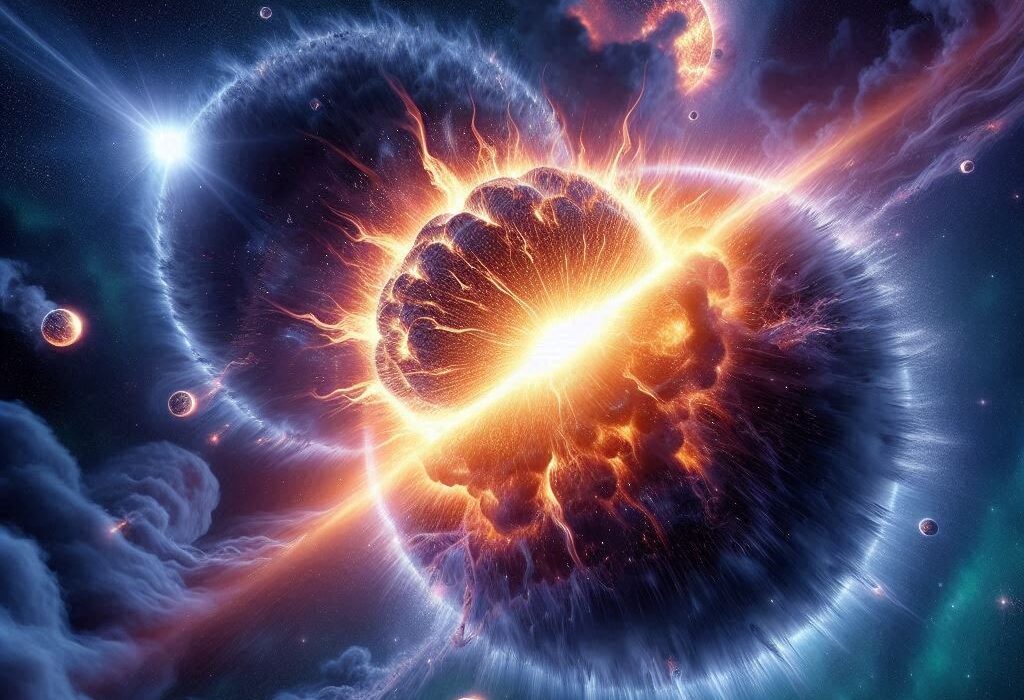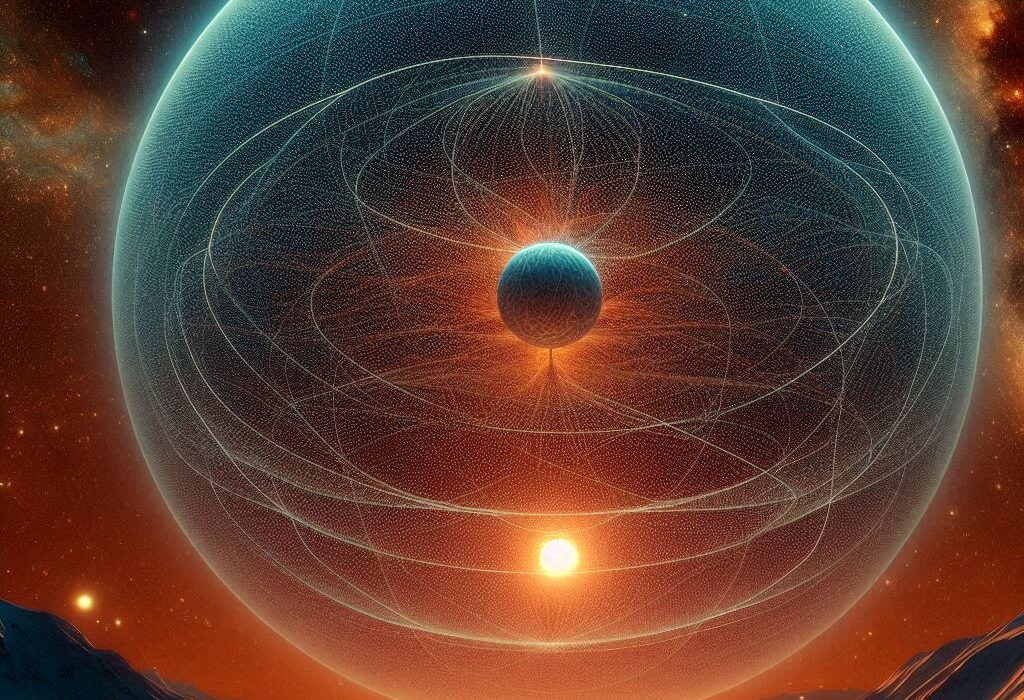The universe is a vast and mysterious place. With its unimaginable number of stars, planets, and galaxies, it constantly invites us to question the nature of what’s out there. One of the most captivating ideas that has emerged from both scientific discovery and popular culture is the notion of a planet made entirely of diamonds. Can such a place exist? Could there really be a world where the ground beneath our feet glitters like the most precious gemstones?
This concept may sound like the stuff of science fiction, but the answer may surprise you. Recent astronomical discoveries have led scientists to believe that such planets might not just be theoretical—they might actually exist, and we could one day find them in the far reaches of space.
The Science Behind Diamond Planets
Before we dive into the fascinating possibility of diamond planets, it’s essential to understand how diamonds are formed in the first place. A diamond is simply a form of carbon, with atoms arranged in a specific, crystalline structure. Under intense pressure and temperature, carbon atoms bond in a way that produces the clear, hard, and brilliantly sparkling gemstones we recognize.
Diamonds are formed deep within the Earth’s crust, where extreme pressure and heat cause carbon atoms to arrange themselves into this unique structure. The conditions required to make diamonds are not only found on Earth; they could also exist on other planets and in other stellar systems.
Astronomers have speculated for years that certain exoplanets, or planets outside our solar system, might have environments in which carbon-based materials could crystallize into diamonds. Some of the building blocks of diamonds, such as carbon and methane, are already present in the atmospheres of distant planets. If these planets have the right pressure and temperature conditions, it’s conceivable that diamonds could form in vast quantities, potentially leading to entire planets made of diamonds.
The Discovery of Diamond-Like Planets
The search for planets made of diamonds is a relatively new field of study, and the discoveries to date are both exciting and mysterious. One of the first hints that such planets might exist came from observations of a specific class of exoplanets known as “carbon planets.” These planets, often referred to as “diamond planets” in popular media, are thought to have compositions dominated by carbon rather than the typical rocky or gaseous materials found on Earth-like planets.
One particularly exciting discovery was that of the exoplanet 55 Cancri e. Located about 40 light-years from Earth in the constellation Cancer, 55 Cancri e is often dubbed a “diamond planet” because scientists believe its composition may be rich in carbon. In fact, some models suggest that the planet’s interior could be composed of graphite and diamond, due to the extreme pressure and temperature conditions present on the planet.
55 Cancri e is classified as a “super-Earth,” a type of planet that is larger than Earth but smaller than Uranus or Neptune. It’s twice the size of Earth and eight times its mass. The surface temperature of this exoplanet is scorching—up to 2,000 degrees Fahrenheit (1,100 degrees Celsius)—which may sound inhospitable by Earth standards, but it’s just the right amount of heat needed to allow carbon to form into diamonds.
The planet’s atmosphere is believed to contain carbon-rich molecules, such as methane and carbon dioxide. This is critical because, with the right conditions, these molecules can be transformed into solid diamonds over time, especially when subjected to the immense pressures found within the planet’s core. Though scientists have not yet directly confirmed that 55 Cancri e is made entirely of diamonds, the clues point in that direction.
Could There Be Entire Planets Made of Diamonds?
While 55 Cancri e provides an exciting glimpse into the possibility of diamond planets, we must ask whether an entire planet could really be made of diamonds. To answer this, let’s consider the conditions necessary for diamond formation.
Diamonds form under extreme pressure, typically in the range of 45-60 gigapascals (GPa)—about 400,000 times the pressure at sea level. In addition, the temperature needs to be sufficiently high, generally around 1,300 to 2,000 degrees Celsius (2,400 to 3,600 degrees Fahrenheit). These conditions are present in the interiors of some planets, especially those with high levels of carbon, which are rich in the building blocks needed to create diamonds.
One of the most fascinating aspects of diamond planets is their potential to host massive deposits of diamonds, especially deep within their cores. If such a planet were to exist, its diamond-rich interior could be the result of a combination of high-pressure conditions, the right chemical ingredients, and a long period of time—millions to billions of years—for the diamonds to form. This process would likely occur deep beneath the planet’s surface, where temperatures and pressures are high enough for carbon atoms to bond into crystalline structures.
But could a planet be entirely made of diamonds? The answer is likely no—at least not in the way we might imagine. The planet’s crust and outer layers would probably still contain other elements and compounds, such as metals, silicates, or gases, which are more common in planetary compositions. The core of such a planet, however, could very well be a massive, glittering ball of diamonds, especially if the planet’s composition and environmental conditions are ideal for diamond formation.
How Diamonds Could Impact Planetary Evolution
If we consider the possibility of diamond planets, it’s interesting to explore how such a planet might evolve. Would it resemble the Earth, with continents and oceans, or would it be vastly different, with a surface entirely dominated by diamonds?
The key difference between a diamond planet and Earth-like planets is the formation of the crust. On Earth, the crust is formed from molten rock, which cools to form solid materials like granite and basalt. However, a diamond planet’s crust might be much more rigid, formed from solidified carbon crystals. The extreme heat and pressure deep within the planet would create a dense, solid core that is primarily composed of diamonds, while the outer layers could contain other carbon-based minerals, such as graphite.
Diamond planets could also have a radically different atmosphere than what we’re accustomed to on Earth. The temperature on the surface of these planets could be incredibly high, and the atmosphere may be composed of gases like methane, carbon dioxide, and other carbon-rich compounds. Given the potential for high temperatures and pressures, life, as we know it, might not exist on these planets. Instead, we might find exotic, diamond-encrusted landscapes, where liquid methane or nitrogen could rain down instead of water.
Is There Life on Diamond Planets?
Given the extreme conditions on a diamond planet, the possibility of life as we know it is unlikely. The high temperatures and lack of liquid water, which is considered essential for life, would make it difficult for organisms to survive. However, life is a broad and diverse concept, and some scientists have speculated about the possibility of life forms that could exist under these extreme conditions, thriving in ways that we cannot yet comprehend.
In the search for extraterrestrial life, scientists often focus on planets that are in the “habitable zone,” where temperatures allow liquid water to exist. Diamond planets, with their extreme environments, don’t fall into this category, but they might still be of interest for studying how life could potentially adapt to radically different conditions. If life does exist in these extreme environments, it may use chemical processes vastly different from the biology we understand on Earth.
The Future of Diamond Planet Exploration
As telescopes and space missions become more advanced, we may one day be able to confirm the existence of diamond planets and study them in greater detail. The discovery of 55 Cancri e has already sparked new questions about the potential for planets composed of diamonds, and future missions could reveal more about these mysterious worlds.
One promising tool for exploring distant exoplanets is the James Webb Space Telescope, which is capable of studying the atmospheres of exoplanets in unprecedented detail. It may be able to detect the chemical signatures of carbon and other elements that could point to the presence of diamond-rich planets.
In addition to space telescopes, advancements in planetary modeling and simulations could help scientists better understand the conditions under which diamonds could form in planetary interiors. By simulating the pressures, temperatures, and chemical environments of distant planets, researchers can make more accurate predictions about the likelihood of diamond planets and how they might differ from planets like Earth.
Conclusion: A Glittering Possibility
The idea of a planet made of diamonds captures the imagination. While we may never step foot on such a world, the possibility that diamond planets exist out there adds yet another layer of wonder to the cosmic landscape. With ongoing advancements in astronomy and planetary science, the day may come when we can study these distant worlds up close, unlocking even more secrets of the universe.
For now, the concept of diamond planets remains a fascinating mystery, one that challenges our understanding of the cosmos and reminds us how much there is yet to discover about the vast, glittering universe beyond our world.
